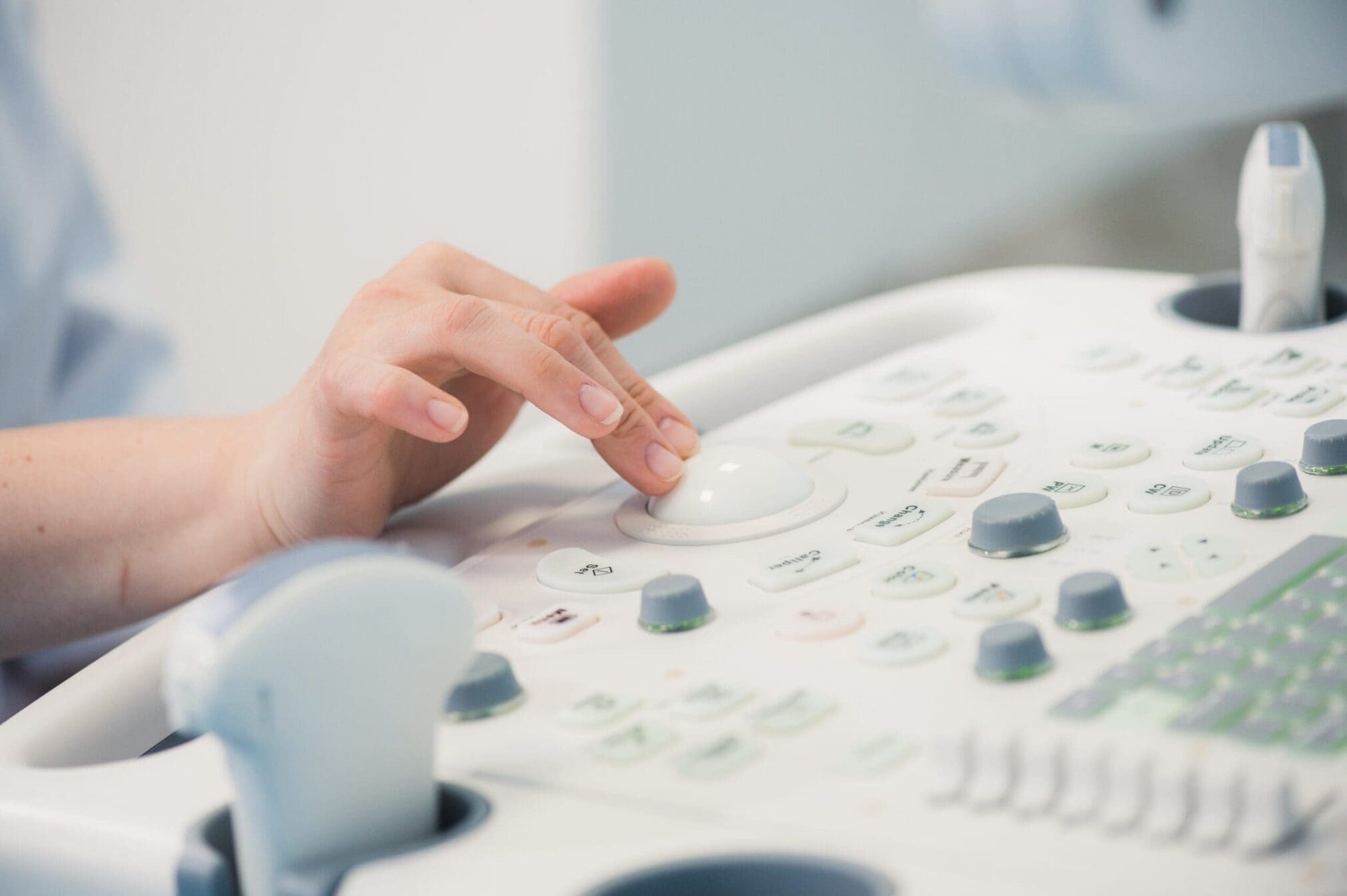The medical devices and IVDs Regulations (EU 2017/745, EU 2017/746) introduce the Unique Device Identification (UDI) system to identify medical devices within the global supply chain unambiguously. The main provisions are MDR Article 27 and IVDR Article 24.
The UDI system will apply to all medical devices (except custom-made and performance study/investigational devices).
What is the Basic UDI-DI?
Unlike the US FDA regulation, the EU regulations introduce a new identifier, the “Basic UDI-DI”, a regulatory code to group devices with the same intended purpose, risk class, essential design, and manufacturing characteristics. Basic UDI-DI is a numeric or alphanumeric code.
The Basic UDI-DI is the key for accessing device-related information in EUDAMED, and it is mentioned in the relevant documentation, like certificates (including certificate of free sales), EU declaration of conformity, technical documentation, vigilance and FSCA notification form. On the other hand, the Basic UDI-DI shall not appear on the device label or any trade item.
What is the UDI, and what is the difference between UDI-Di and UDI-PI??
The UDI is a series of numeric or alphanumeric characters that allows the unambiguous identification of a medical device on the market, facilitating its traceability. It consists of two parts:
- Device Identifier (UDI-DI), a fixed code specific to a version or model of a device;
- Production identifier (UDI-PI), a variable code with information on the production of the device (e.g., lot/batch number and expiry date).
A UDI-DI must be associated with one and only one Basic UDI-DI.
The UDI carrier (UDI-DI + UDI-PI) must appear onthe medical device label, on higher packaging levels, and on the device itself for reusable devices.
Who is responsible for the assignation of UDI codes?
The medical device manufacturer is responsible for complying with all UDI-related requirements, including the assignment, the submission in EUDAMED, and the placement of the UDI carrier on the labels.
In the case of a system or procedure pack that is not a custom-made device, the producer must assign a Basic UDI-DI and include it in EUDAMED with the other relevant elements, as listed in the MDCG document.
What are the deadlines for compliance with UDI requirements?
Manufacturers must assign UDI codes to their devices as of the date of application of MDR (May 26, 2021) and IVDR (May 26, 2022). Furthermore, they should submit UDI data in EUDAMED within 24 months from the announcement of EUDAMED’s full functionality (expected in Q2 2024).
Lastly, the obligation for placing the UDI carrier on the labels and higher packaging levels applies according to the following deadlines:
- May 26, 2021, for implantable medical devices and Class III devices;
- May 26, 2023, for class IIa, IIb medical devices and class D IVDs;
- May 26, 2025, for class I medical devices, and class C and B IVDs;
- May 26, 2027, for class A IVDs.
The UDI carrier must appear on the device itself (direct marking) as follows:
- By May 26, 2023, for reusable implantable and class III medical devices;
- By May 26, 2025, for reusable class IIa and IIb medical devices;
- By May 26, 2027, for reusable class I medical devices.
Are you a manufacturer of medical devices and IVDs? Do you struggle with MDR and IVDR requirements? Do you need assistance with implementing the UDI system for your devices?
Obelis is here to help you! Our team of regulatory experts can guide you, ensuring you meet all the UDI-related requirements and deadlines.
Get in touch to check how we can support you and your business!
Martina QUITADAMO
Manager of VIP Department
September 11, 2019
Update: May 2023
References:
- European Commission. (2020). Unique Device Identification (UDI) System under the EU medical devices Regulations 2017/745 and 2017/746. Retrieved on 17/05/2023


